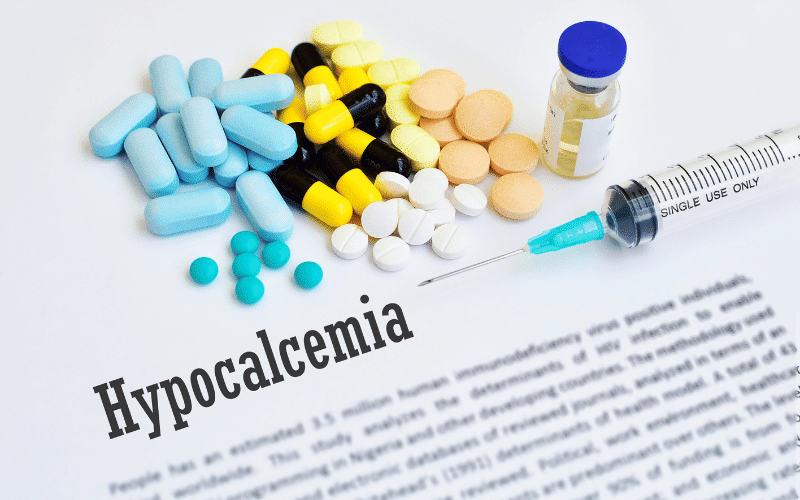Step 12: Monitoring for Hypocalcemia: Keeping a Check on Calcium Levels

Hypocalcemia, or low calcium levels in the blood, is a potential complication following thyroidectomy. Therefore, monitoring for this condition is also valuable step in the post-operative journey.
The first part of this process involves understanding the signs and symptoms of hypocalcemia. From tingling in the hands and feet to muscle cramps, recognizing these symptoms allows for early detection. It’s about being vigilant and responsive to the body’s signals.
Blood tests play a pivotal role in monitoring for hypocalcemia. Regular testing enables the medical team to track calcium levels accurately, facilitating timely intervention if needed. It’s about relying on hard data to guide the management plan.
Should hypocalcemia be detected, treatment is promptly initiated. This typically involves calcium supplements and vitamin D to help the body absorb the calcium. It’s about taking swift action to address the imbalance and prevent potential complications.
Patient education also forms a vital part of this step. Understanding the importance of a calcium-rich diet and knowing the potential triggers for hypocalcemia can go a long way in managing this condition. It’s about empowering the patient to take an active role in their recovery.
Finally, monitoring for hypocalcemia doesn’t end once the immediate post-operative period is over. Regular check-ins are essential to ensure long-term health and wellness. It’s about proactive care that extends beyond the hospital stay. (12)